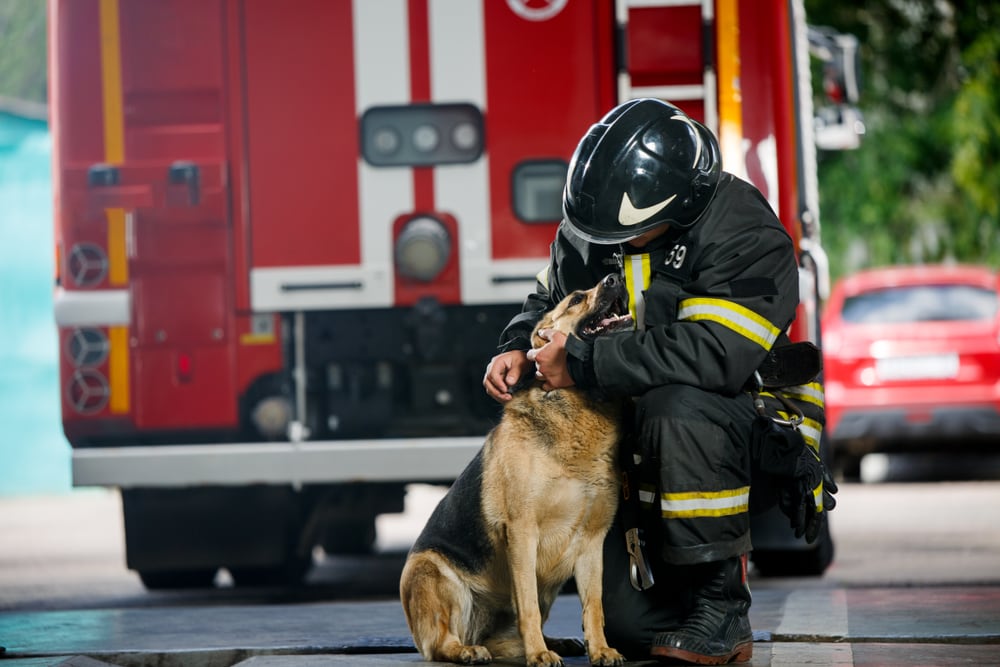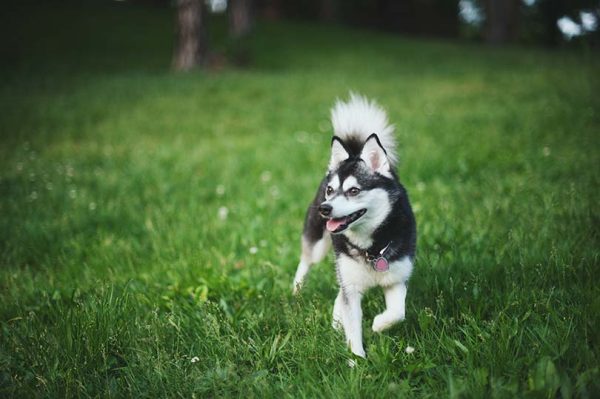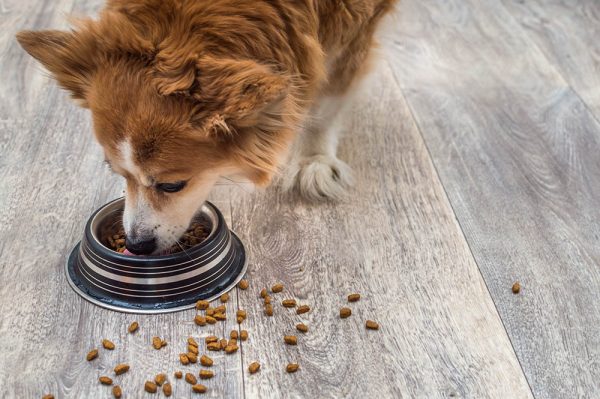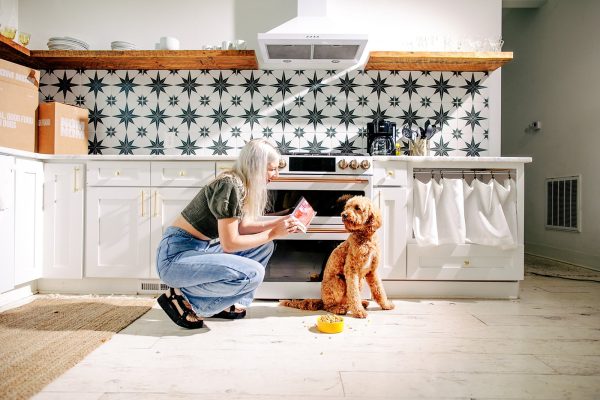In this article
View 2 More +House fire preparedness is information everyone should learn and hope to never use. Unfortunately, house fires happen often and can be deadly, but proper preparedness can be the difference between life and death for you and your dog. With that said, here are six steps for preparing for a house fire with a dog.

The 6 Ways to Prepare for a House Fire With a Dog
1. Check Emergency Tools and Alarms
Check that all fire alarms, extinguishers, sprinklers, and carbon monoxide alarms are in place and working properly. Replace any of the batteries if needed. Smoke alarms should be replaced every 10 years. Additionally, you can install extra smoke alarms in buildings that house pets and farm animals.
2. Create a Floor Plan
Draw a floor plan of your home and mark two escape routes for each room. Don’t do this step in your head—put it on paper!
If any rooms do not have proper escapes, such as basements, keep your pet out of those rooms when you leave the house. In the event of a house fire, while you’re away, your pet will have a greater chance of escape when kept out of these areas. It also helps firefighters locate your pets faster.
Apartments on second stories and above should have fire escapes, but in many serious situations, the balcony may be your only option for escape. Talk to your apartment complex about evacuation safety to prepare ahead of time.

3. Create a Pet Disaster Kit
Include a disaster kit for you and your pet with emergency supplies. These supplies will get you through until you figure out your next step (see below for ideas on what to include in your pet’s disaster kit). The disaster kit should be kept in an area that’s ideally quick to grab in case of an emergency evacuation.
4. Choose Meeting Spots
Choose two meeting spots to escape to if there is a fire: one near your house and the other outside the neighborhood. The meeting spot near your house will be where you go when you escape your house. The distant meeting spot will be where you stay if you can’t return home. Opt for a pet-friendly hotel or a friend’s or relative’s house who is okay with you bringing your pets along.
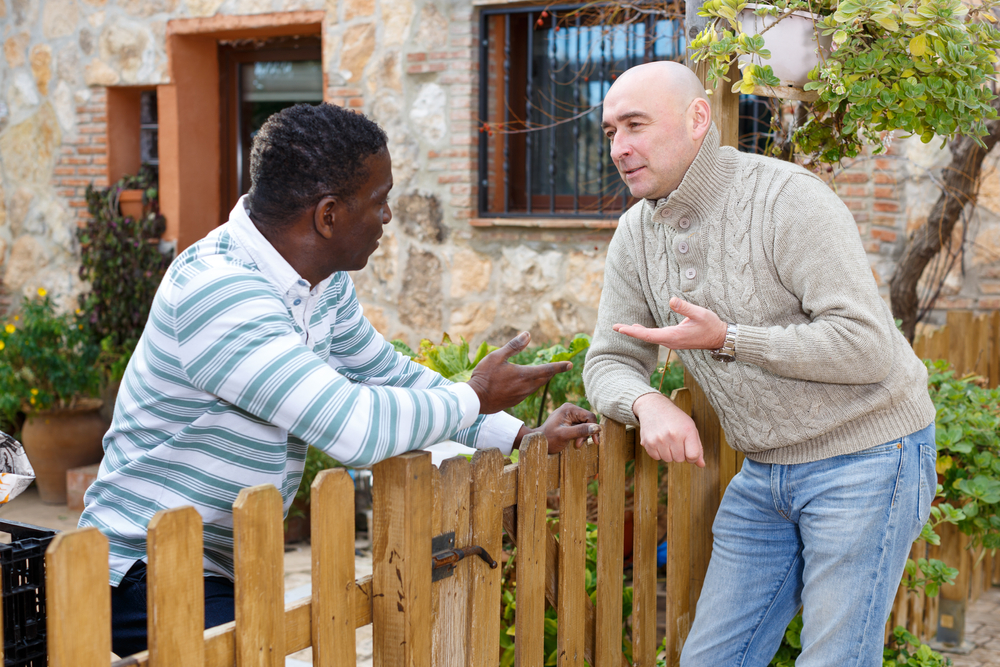
5. Place a Pet Alert Window Cling in Clear Sight
A pet window cling alerts neighbors and emergency services that you have pets inside your house. If a house fire starts, firefighters will know how many pets are in the house and quickly rescue them.
The widow cling should be in clear sight so it’s easy to spot. We never know where the fire will start, so posting a window cling on both sides of the house is a good idea for safe measures.
6. Practice Fire Drills With Your Dog
It’s time to put everything into practice, just like in school. You and your dog will learn the procedure the more you practice and, if the time comes, you’ll be ready. You can’t beat the feeling of confidence during a time of uncertainty. While it might seem strange to simulate an emergency with your dog, it will leave you feeling prepared in case the worst does happen. And hopefully, your dog will remember their training and know where to go in case the fire alarm ever goes off.


Building a Pet Emergency Kit: Essential Supplies
So, what exactly goes in a pet emergency kit? It should include anything your pet may need if you can’t return to your home after an emergency.
- Sealed pet food and a can opener
- Bottled water
- Prescriptions
- Food and water bowls
- Dog leash, collar, and tags
- Potty supplies
- Toys
- One month of preventative medicine
- Dog bed, blankets, and carrier
- Additional items to keep your dog calm
- Copies of vet records
- Recent heartworm test results
Additionally, keeping your contact information with a recent photo of your dog is a good idea in case you are separated.

Additional Safety and Training Tips
Almost 1,000 home fires accidentally start from pets annually. To prevent your dog from burning the house down, follow these tips:
- Be careful of open flames: Candles and fireplaces are often the culprits of many house fires. It doesn’t take long for the hutch or drapes to erupt in flames. If you burn an open fire in your house, have an extinguisher nearby and never leave an open flame unattended. If you have young pets in the house, it’s best to pass on the open flames until your pet is completely trained. Even then, never leave your pet unsupervised around them.
- Remove stove knobs: Pets can easily turn on stove tops without knowing it. Remove stove knobs or add protective covers if you plan to leave the house.
- Do not leave young pets unattended in rooms alone: Young pets are curious and enjoy investigating areas that can be dangerous. Confine your puppies and kittens and do not leave them unattended in a space with potential danger.
- Know where your dog sleeps in the house: Dogs tend to hide when they’re scared. This is dangerous when the situation calls for immediate evacuation. Know where your dog tends to hide to make the evacuation process faster and safer.
- Practice basic obedience training: Emergency safety is more efficient when your dog has basic obedience training down. Take time to practice basic obedience during fire drills
- Microchip your dog: A microchip can help you reunite with your dog if you were to separate. If your dog is already microchipped check that the information is updated.

Conclusion
House fires are one of the scariest, most unpredictable situations you can find yourself in. Do yourself and your dog a favor and practice for the unexpected. You have a better chance of saving each other’s lives when both of you know what to do.
Featured Image Credit: Sergey Mironov, Shutterstock
